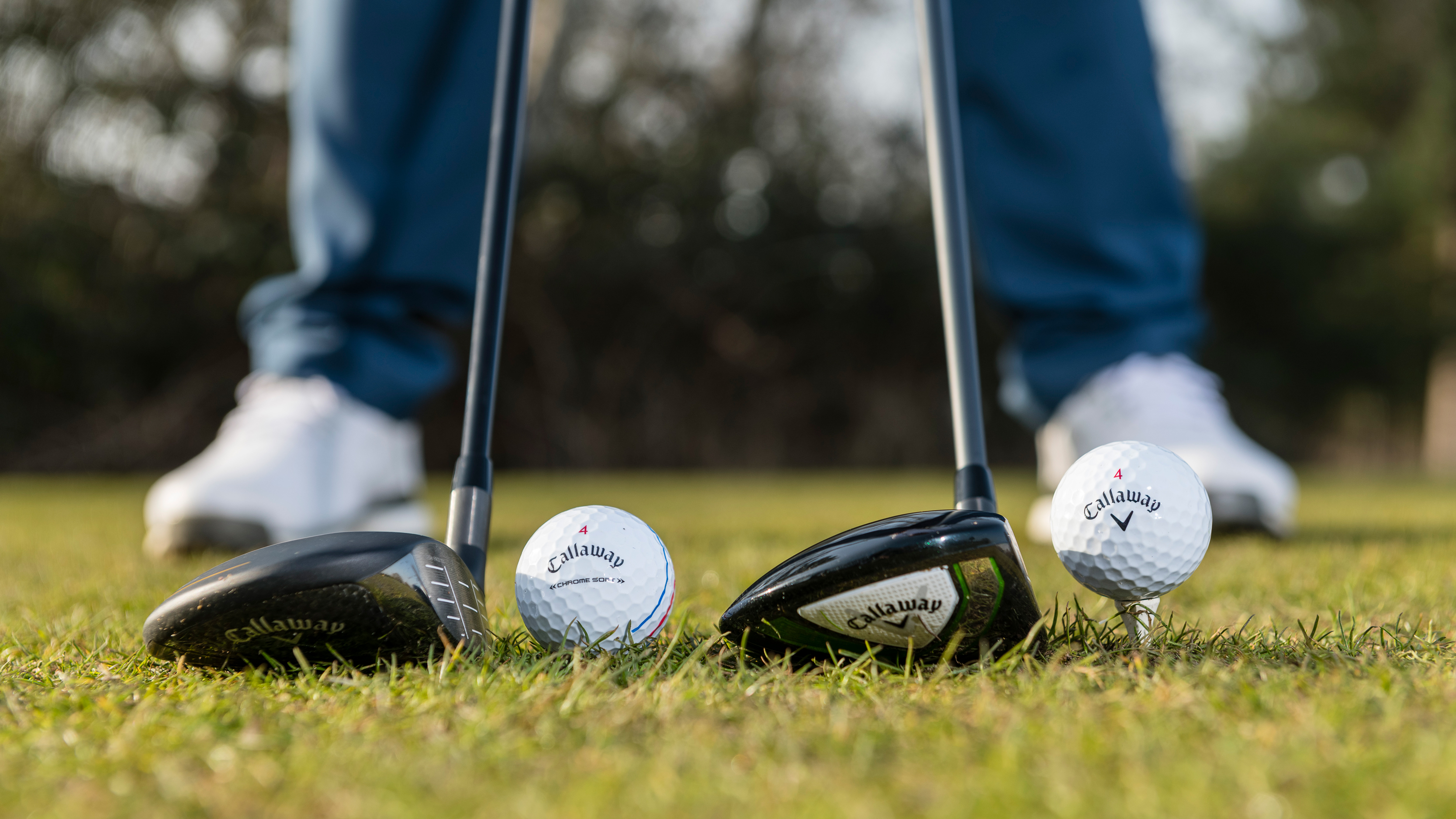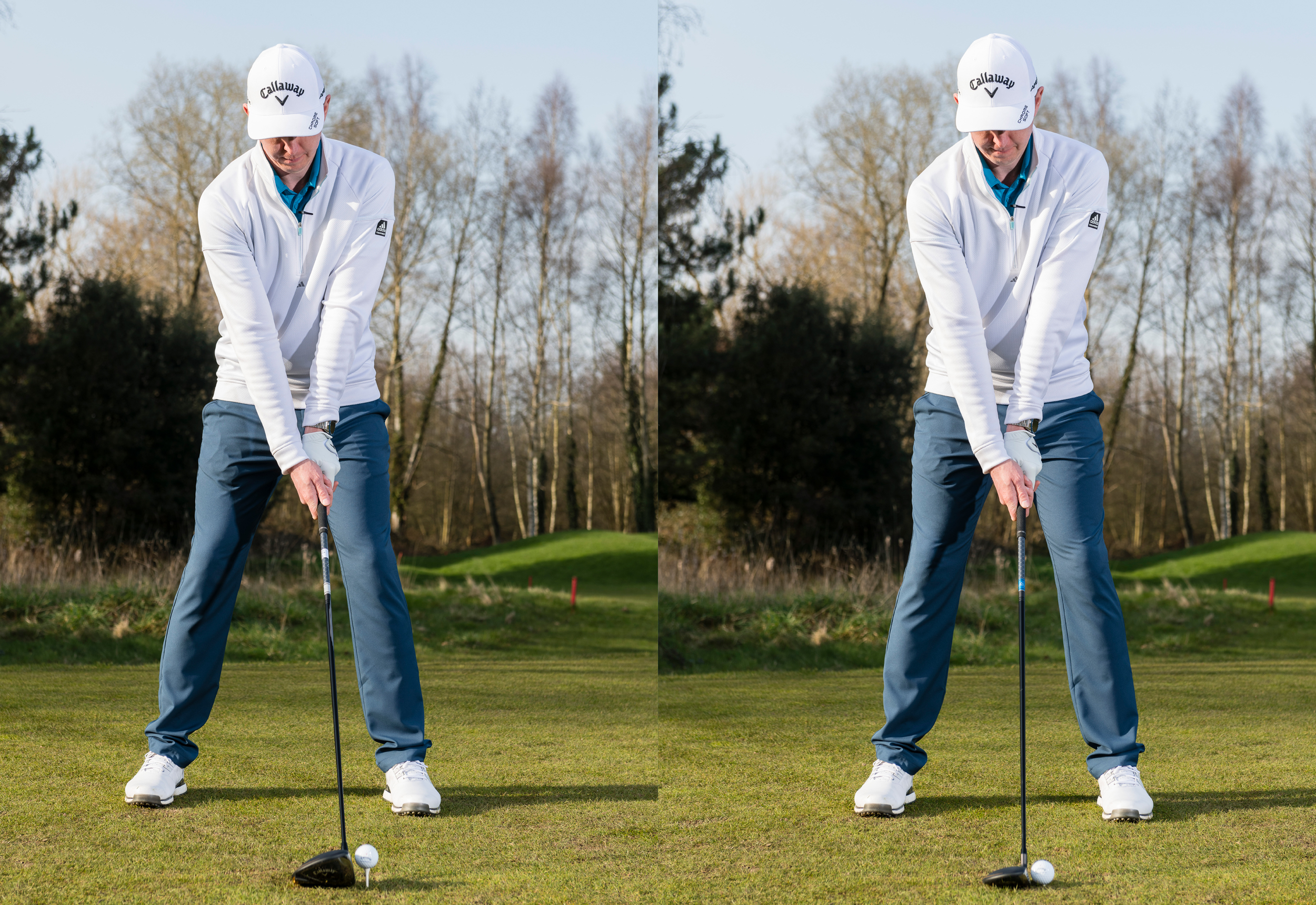How To Hit A 3-Wood Off The Tee - Expert Tips From A PGA Pro
In this video and article, Golf Monthly Top 50 Coach Ben Emerson shares his simple tips on how to hit a 3-wood off the tee


Learning how to hit a 3-wood off the tee could provide you with a great alternative to driver, especially on those holes where strategy is at a premium. Even with the best golf tips, the 3-wood remains one of the hardest clubs in the bag to hit, but mastering it will help you to play consistently better golf.
The benefits of hitting the best drivers is well documented, but on the odd occasion where something less is required, this reliable option could help you to keep the ball in-play and lower your scores.
In this video and article, Golf Monthly Top 50 Coach Ben Emerson shares his top tips on how to hit a 3-wood off the tee...
How To Hit A 3-Wood Off The Tee
One thing I consistently see amateurs do incorrectly when they try to hit a 3-wood is tee the ball up too high. This is often because they are trying to mimic what they do with the driver, but while it seems that would make it easier to hit, the reality is very different.
Teeing the ball up too high encourages you to shift your weight distribution heavily to your trail side in an attempt to sweep the ball. When this happens, weight stays on the back foot which alters your spine angle, making it hard to strike the ball with any consistency.
It's important to realise that you don't need to do this when hitting a 3-wood, as you have enough static loft on the club to get the ball in the air. All you need to do is trust it!

Ben demonstrating the perfect tee height (left) versus one that will lead to a loss of distance and accuracy (right)
Ideally, you want to imagine you’re setting it up in the perfect lie from the fairway, with the ball on a very small tee.
Subscribe to the Golf Monthly newsletter to stay up to date with all the latest tour news, equipment news, reviews, head-to-heads and buyer’s guides from our team of experienced experts.
From there, I want you to feel like you’re not trying to hit up on it as you would with a driver. Instead, with the way that fairway woods are designed, you actually want to hit it with a slight descending blow to get the ball to go into the air.
To do that, many of you will have to alter your ball position. When it comes to the 3-wood vs the driver, instead of the ball being in line with your lead heel, move it back roughly two golf balls towards the middle of your stance.

Move the ball further back in your stance with a 3-wood compared to a driver, as Ben demonstrates above
Assuming you've mastered how wide your stance should be, you also want to split your weight evenly between your left and right side. Some of you would even benefit from feeling like there is a little more weight on your lead side to start with.
But far more important than that, if you are going to go onto your back foot at the top of the backswing, you have got to make sure you get your weight off your trail side coming through impact to get energy going towards the target. A really simple way to work on this is to focus on swinging through to the finish with a nice tempo and holding the pose.
What if you are STILL struggling to flight your 3-wood?
If you are happy that you're following the technical pointers we have set out here, including finding the right ball position, but are still struggling to flight your 3-wood, you need to take a look at your equipment.
For slower swingers there comes a point of diminishing returns with regards to loft. Quite simply, if you are unable to generate the clubhead speed you need to create enough spin to provide a stable flight, then you may well need more loft. A 4 or 5-wood could well be your best option.
Of course, we'd recommend going for a fitting. Perhaps there is a lighter head/shaft combination out there that will help increase your clubhead speed... A good fitter will immediately see the issue and should be able to help find a solution.

Location: Sand Martins GC
Ben’s modern approach to golf coaching has seen him become one of the most sought-after coaches in the country and teaches none other than Robbie Williams. His honest, modern and fun style of coaching has help thousands of golfers of all ages and abilities and he has been coaching for over 20 years.
Advice for practice:
Start with slow, small swings. If you can’t do it small and slowly there is not a hope in hell of doing it at full speed with a full swing! In other sports such as rugby or martial arts they slow learn new moves/plays before making them at full speed.
Teaching philosophy:
‘Why guess when you can access’ Ever new student goes through a full TPI movement screen, 3D motion capture and pressure plate analysis as well as TrackMan and 2D video analysis. Coaching is based on facts and not guess work.
Most common problem:
A lack of clubface understanding and awareness. I get golfers to aim the clubface directly at the target and get them to make a slow swings and deliver the club to the ball with an open face, then repeat the same thing again but with a closed face, followed by one at the target. Giving them full awareness based on feelings errors to find a happy middle ground.
-
 Vessel Golf discount codes
Vessel Golf discount codes$150 OFF Add one of these 6 Vessel Golf discount codes at the checkout to save on premium golf bags, including stand bags and backpacks.
-
 This Might Be Scotland’s Best New, Old, Play And Stay Venue…
This Might Be Scotland’s Best New, Old, Play And Stay Venue…The sympathetically renovated Marine Hotel in North Berwick offers timeless sophistication and luxury with a world-class course out the back gate.